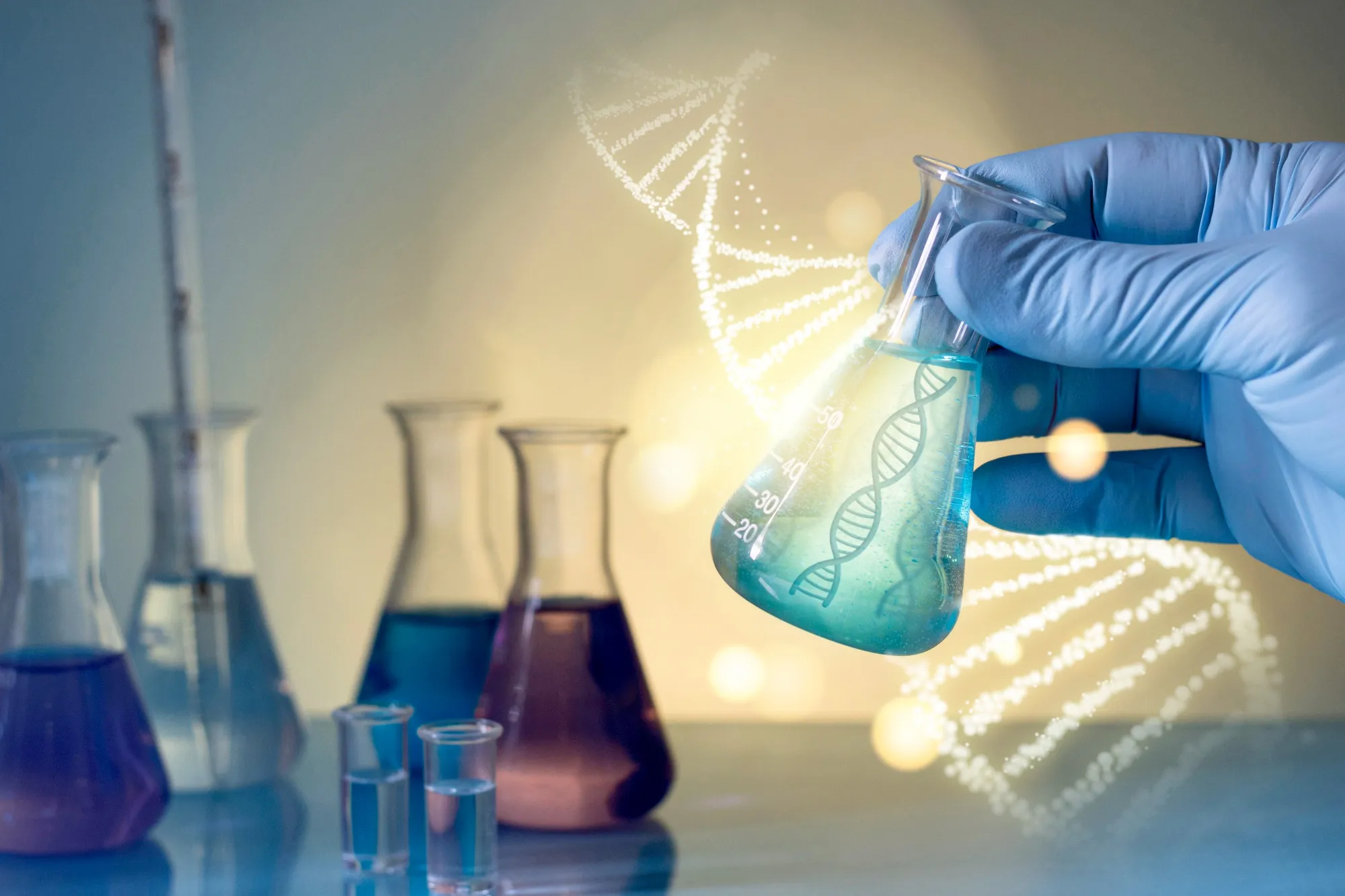In a stunning display of chemical innovation, researchers from the Graduate School of Pharmaceutical Sciences at Kumamoto University have made a significant breakthrough in the field of synthetic chemistry. The seminal study, conducted by Sakamoto Midori, Kaneko Tetsuya, Orito Yuya, Shimoda Yasushi, and Nakajima Makoto, has been published in the reputable ‘Chemical & Pharmaceutical Bulletin’. The paper, titled “Lithium Binaphtholate-Catalyzed Michael Reaction of Malonates with Maleates and Its Application to the Enantioselective Synthesis of Tricarboxylic Acid Derivates”, offers fascinating insights into the catalytic prowess of dilithium 3,3′-dichlorobinaphtholate in the Michael reaction, one of organic chemistry’s most celebrated transformations. This advancement could significantly impact the synthesis of pharmaceuticals and complex organic molecules.
Keywords
1. Enantioselective Synthesis
2. Michael Reaction
3. Lithium Binaphtholate
4. Tricarboxylic Acid
5. Catalysis
For decades, the Michael reaction has held a place of high esteem among organic synthetic reactions. Yet, despite its wide applicability, chemists continue to strive for a greater level of finesse to manipulate this reaction for enantioselective synthesis, a process crucial to the creation of medications and substances with specific handedness or chirality. This pursuit of precision leads us to a recent study by a team of chemists at Kumamoto University which opens a new chapter in the realm of asymmetric synthesis.
The prominent study published on June 10, 2019, showcases a novel methodology involving the Michael reaction of malonates with maleates. This process is eloquently facilitated by a promising catalyst, dilithium 3,3′-dichlorobinaphtholate. Under its influence, the desired adducts are yielded in both high amounts and with exceptional enantioselectivities, reaching up to 98% enantiomeric excess (ee). The implications of this finding are not only paramount for the pharmaceutical industry but also for the broader field of synthetic organic chemistry.
The Chemical & Pharmaceutical Bulletin article details the team’s meticulous approach to their research. Led by Sakamoto Midori, the group embarked on a venture to refine Michael reaction conditions, aiming to surmount the challenge of synthesizing optically active tricarboxylic acid (TCA) derivatives—a class of compounds that feature prominently in metabolic processes and synthetic applications.
High Yield and Enantioselectivity
The Michael reaction, recognized as a pillar of carbon-carbon bond-forming strategies, involves the addition of nucleophilic species to α,β-unsaturated carbonyl compounds. When malonate derivatives, acting as nucleophiles, are treated with maleate acceptors in the presence of the lithium binaphtholate catalyst, they afford the adducts which are pivotal intermediates in constructing more complex molecular architectures. The research emphasizes achieving high yield alongside high enantioselectivity; it represents a delicate balance infrequently observed in many catalytic systems.
Application to Tricarboxylic Acid Derivatives
Perhaps the most tantalizing prospect of the study is the successful conversion of the Michael adducts into optically active TCA derivatives through the Krapcho decarboxylation. This constitutes an ingenious strategic maneuver to access synthetically versatile compounds that serve not only as pivotal intermediates in organic synthesis but also as key components in drugs and biological molecules.
Potential Impact on Drug Discovery and Synthesis
Drugs that are chiral—the ones that exist in either “left-handed” or “right-handed” forms—often have dramatically different effects in the body. The development of methodologies that can selectively synthesize one enantiomer over another is, therefore, an objective of profound importance in drug development. The study’s breakthrough can boost efforts to create more effective pharmaceuticals with fewer side effects, as only the active enantiomer would be produced.
Inovation in Stereoselective Catalysis
Central to the study’s success is the lithium binaphtholate catalyst, a compound that has exhibited remarkable potential in inducing stereochemical control in reactions. Employing optimal conditions, researchers found that the catalyst not only facilitated the reaction but did so with such chirality that the resulting molecular products were nearly single enantiomers. This reflects an incredible advancement in the arena of stereoselective catalysis.
An Outlook on Sustainable Chemistry
In our modern context, which emphasizes sustainable and green chemistry practices, the notion of a catalyst that can run its course under milder conditions and produce less waste is particularly appealing. This mitigates the environmental footprint left by chemical syntheses, thereby aligning with contemporary ethical and environmental standards.
Conclusion
The study undertaken by Sakamoto Midori and colleagues heralds a new era in the sector of organic synthesis, particularly in the enantioselective preparation of TCA derivatives. The research paper has laid the groundwork for more efficient and sustainable chemical transformations that can contribute immensely to medical science and technology.
To conclude, the Michael reaction, catalyzed by dilithium 3,3′-dichlorobinaphtholate, stands as a harbinger for a flurry of innovative discoveries in the realm of asymmetric synthesis, which would resonate through the halls of future drug discovery and synthetic chemistry applications.
References
1. Sakamoto Midori, Kaneko Tetsuya, Orito Yuya, Shimoda Yasushi, Nakajima Makoto (2019). “Lithium Binaphtholate-Catalyzed Michael Reaction of Malonates with Maleates and Its Application to the Enantioselective Synthesis of Tricarboxylic Acid Derivatives.” Chemical & Pharmaceutical Bulletin, 67(5), pp. 452-460.
2. Jacobsen, E. N., Pfaltz, A., & Yamamoto, H. (Eds.). (1999). Comprehensive Asymmetric Catalysis. Springer-Verlag.
3. Doyle, M. P., & McKervey, M. A. (Eds.). (1996). Modern Catalytic Methods for Organic Synthesis with Diazo Compounds: From Cyclopropanes to Ylides. John Wiley & Sons.
4. Sheldon, R. A., & Kochi, J. K. (1981). Metal-Catalyzed Oxidations of Organic Compounds. Academic Press.
5. Ojima, I. (Ed.). (2000). Catalytic Asymmetric Synthesis (2nd ed.). Wiley-VCH.
The research published in the Chemical & Pharmaceutical Bulletin is a commendable step that showcases the unyielding potential of investigative chemistry in today’s fast-evolving scientific milieu, propelling us closer toward safer, greener, and more efficient chemical synthesis.
